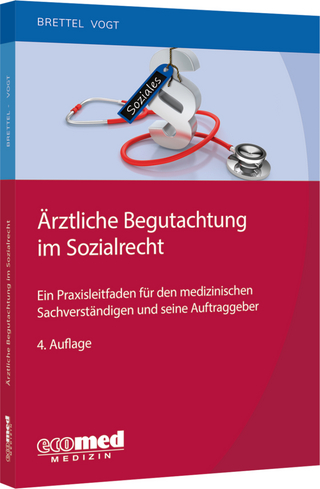
Fate and Effects of Anticancer Drugs in the Environment
Springer International Publishing (Verlag)
978-3-030-21050-2 (ISBN)
The book provides current knowledge and research on the presence and effects of anticancer drug residues in the aqueous environment and covers all relevant aspects of the presence of these residues in wastewaters and natural aquatic systems, where numerous analogies between their pharmacokinetics and pharmacodynamics in humans and their effects in the environment can be drawn. This book comprises of 18 chapters and represents the combined work of leading scientists from different research institutions from across the globe. We present the state of the art in the field of anticancer drug residues in the aquatic environment while being cognizant of the many challenges that remain.
Ester Heath, Jozef Stefan Institute, Ljubljana, Slovenia
PART I - PRIORITISATION AND PREDICTED ENV. CONCENTRATIONS.- 1. Approaches for hazard assessment screening, ranking and prioritization of cytostatic compounds.- 2. Predicted Environmental Concentrations: a useful tool to evaluate the presence of cytostatics in surface waters.- PART 2 - ENVIRONMENT / WASTEWATER TREATMENT.- 3. Hospitals and pharmacies as sources of contamination by cytostatic pharmaceuticals: long term monitoring in the Czech Republic.- 4. Tamoxifen: Occurrence, fate, transformation products and non-conventional treatment technologies.- 5. Chlorination by-products of anticancer drugs.- 6. Cytostatic drug residues in wastewater treatment plants: Sources, Removal efficiencies and current Challenges.- 7. Degradation and elimination of anticancer drugs by water and wastewater treatment - toxicity and biodegradability before and after the treatment.- 8. Analytical Methodologies for the Determination of Cytostatic Compounds in Environmental Matrices.- 9. Cytostatic drugsremoval from water and wastewater: progress in development of advanced treatment methods.- 10. Occurrence of cytostatics in different water compartments.- 11. Photodegradation of cytostatic drugs in low-pressure UV photoreactor through direct and indirect pathways.- 12. Analysis, Occurrence and Fate of Cyclophosphamide and Ifosfamide in Aqueous Environment.- PART 3 - ENVIRONMENT / WASTEWATER TREATMENT and EFFECTS.- 13. Fate and effects of cytostatic pharmaceuticals in the marine environment.- 14. 5-fluorouracil and its prodrug Capecitabine: Occurence, Fate and Effects in the Environment.- PART 4 - TOXICITY (EFFECTS).- 15. Toxicity of anticancer drug residues in organisms of the freshwater aquatic chain.- 16. Genotoxicity of the residues anticancer drugs: a hazard for aquatic environment.- 17. Toxicity of antineoplastic drug mixtures.- 18. Enviromental metabolomics: a powerful tool to investigate biochemical responses to drugs in non-target organisms.
| Erscheinungsdatum | 16.01.2021 |
|---|---|
| Zusatzinfo | XVI, 469 p. 118 illus., 33 illus. in color. |
| Verlagsort | Cham |
| Sprache | englisch |
| Maße | 155 x 235 mm |
| Gewicht | 820 g |
| Themenwelt | Medizin / Pharmazie ► Medizinische Fachgebiete ► Arbeits- / Sozial- / Umweltmedizin |
| Naturwissenschaften ► Biologie ► Ökologie / Naturschutz | |
| Naturwissenschaften ► Chemie ► Technische Chemie | |
| Technik ► Umwelttechnik / Biotechnologie | |
| Schlagworte | Analytical Chemistry • Anticancer drug • Aquatic Pollution • cytostatic • Drug residues • Ecosystem Health • ecotoxicology • Ecotoxicology testing • Environmental Toxicology • Genotoxicology testing • pharmaceuticals • risk assessment |
| ISBN-10 | 3-030-21050-2 / 3030210502 |
| ISBN-13 | 978-3-030-21050-2 / 9783030210502 |
| Zustand | Neuware |
| Haben Sie eine Frage zum Produkt? |
aus dem Bereich


